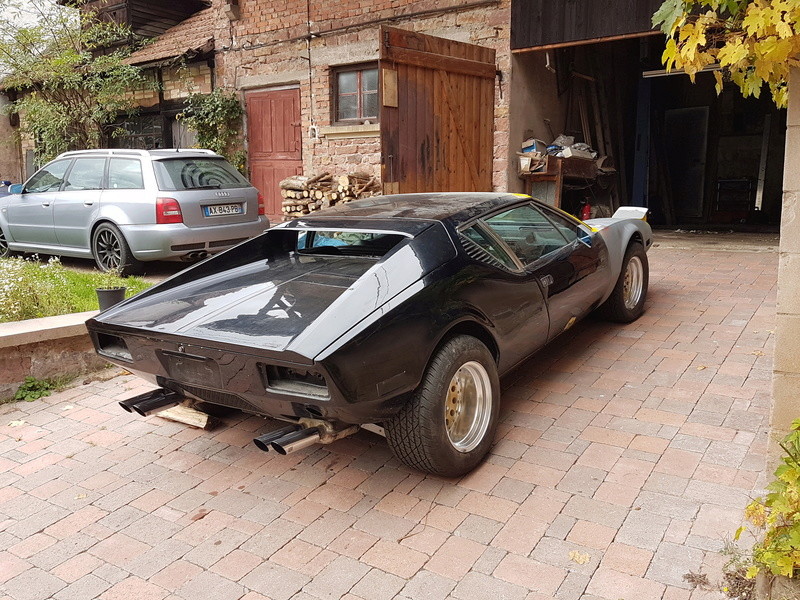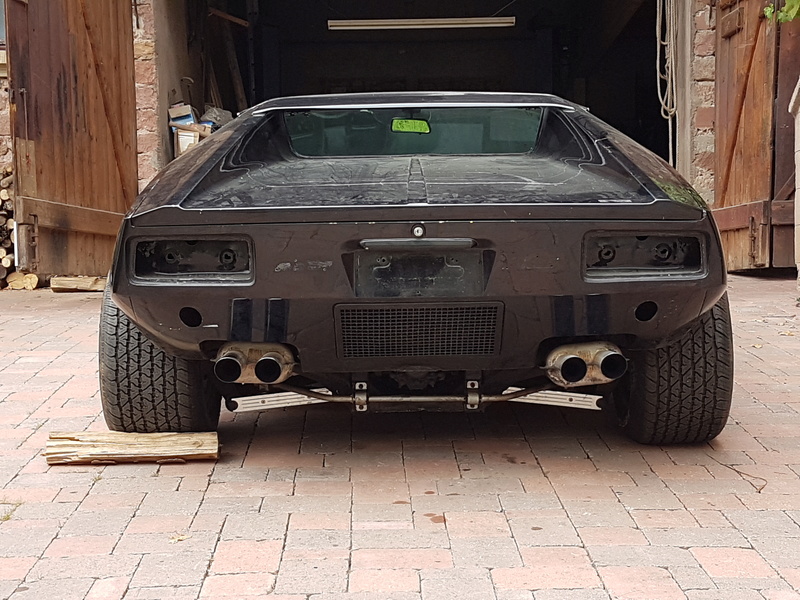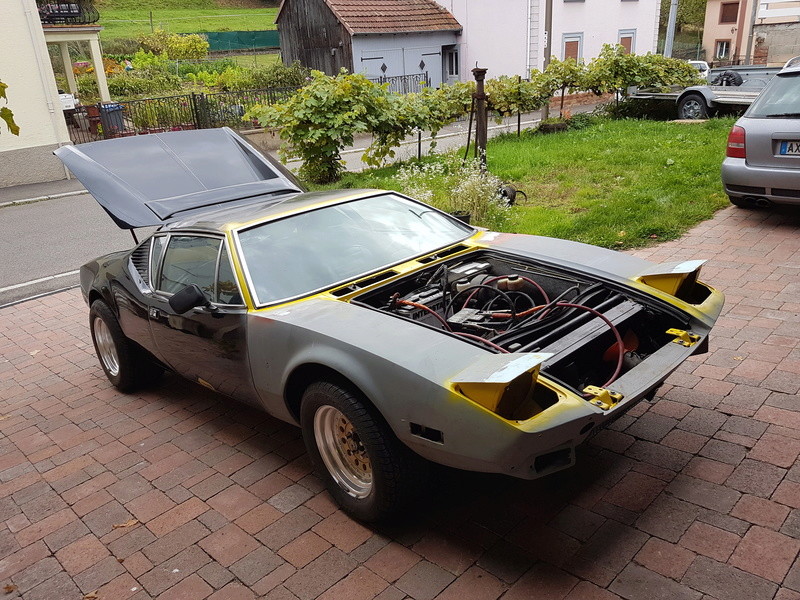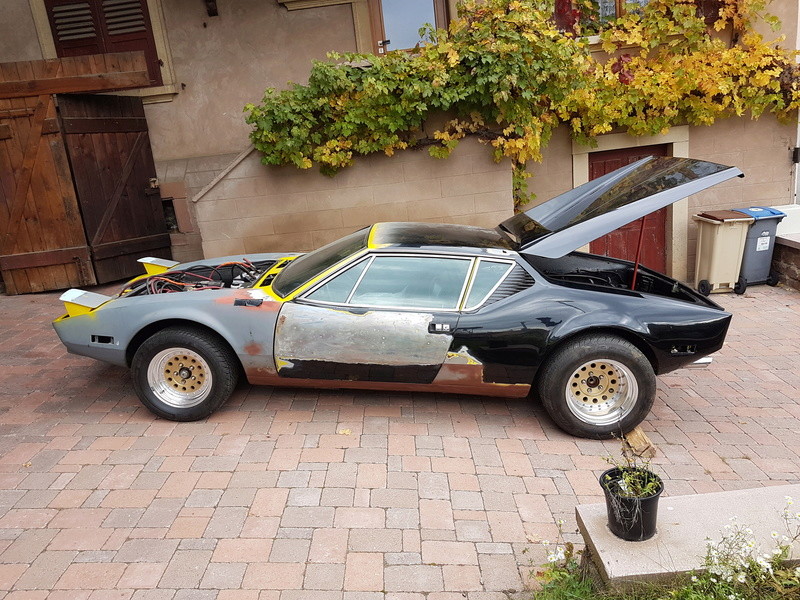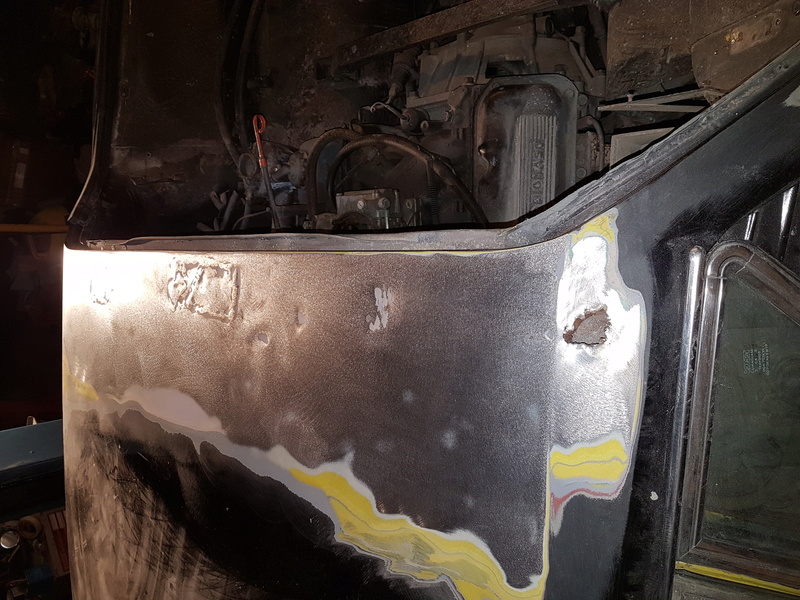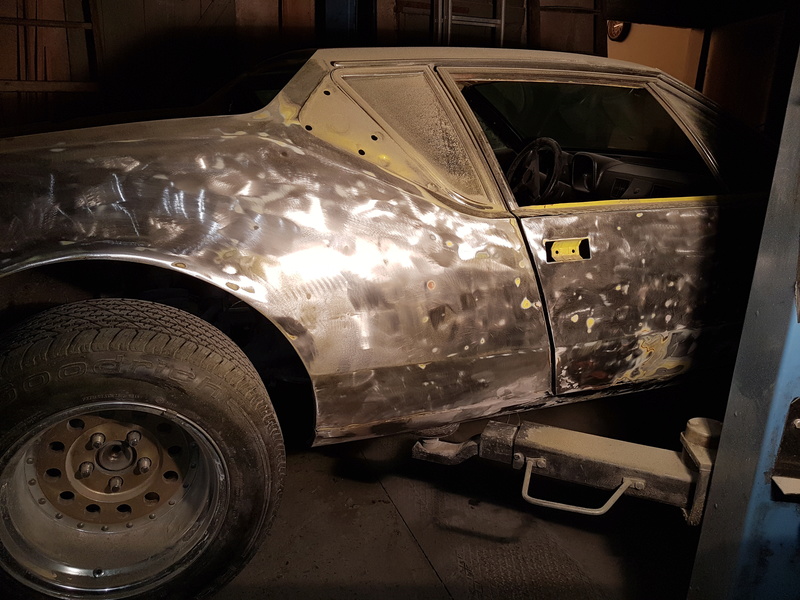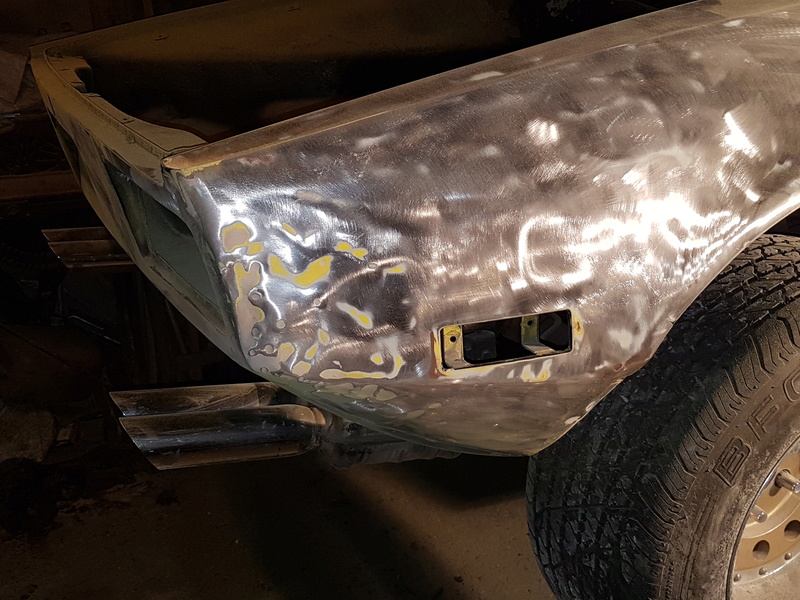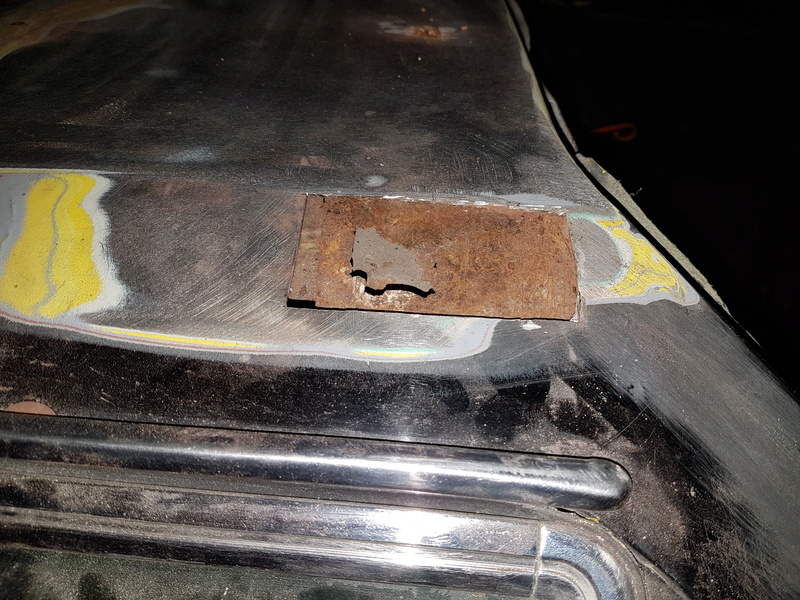quote:
There is also some perforating rust at the rear of the roof

This is another common location for rust on Panteras.
I've read the factory placed some sort of sound-deadening material in that area of the roof that sadly was prone to absorbing moisture. And then rust.
Suggest you pay close attention to that area. It may be wise to actually open it up to fully understand the full extent of the rust that is there.
As for chemical stripping. Main downside to that is the tendency for the process to leave residual stripper/moisture deep in the body seams and pinch welds. Which hides there for months, years and then works its way out and gives paint problems. Chemical stripping MUST be fully neutralized and baked dry to avoid future problems. Media blasting or old fashioned mechanical sanding down to metal avoids such problems.
Congratulations on your new ownership and best wishes on the restoration.
Larry

